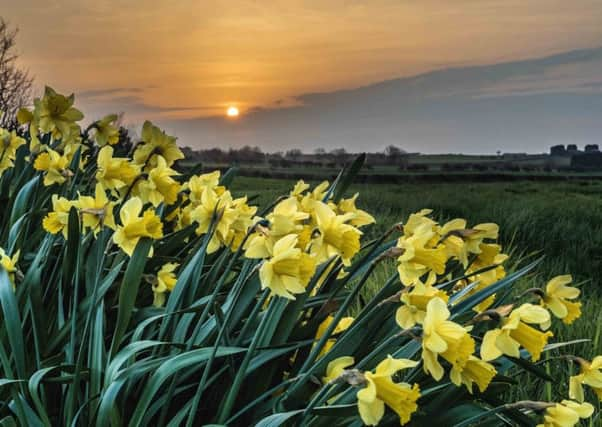Taking great photos is all about compromise


The most obvious compromise is the exposure settings. Do we shoot with a wide-open aperture and limit depth of field to stop movement because of the faster shutter value?
Or do we reduce the aperture to get greater depth of field, but face movement blur? Do we then turn up the ISO, but risk creating a noisy, grainy image? Do we reduce the noise in processing and risk softening the picture?
Advertisement
Hide AdAdvertisement
Hide AdWith a choice of focal length, there is something gained and lost. A long telephoto may allow you to fill the frame with your subject, but it also reduces perspective and the environment, context that may have made the image more interesting. A wider lens may make the subject too small, but capture the enormity of the world around it.
Even when we buy new kit we make compromises, usually price against performance; faster lenses, light and stable tripods and better performing cameras with more features all cost more money.
We may want simpler equipment that’s easy to use or greater complexity, which brings versatility. Compact and bridge cameras are more portable and have the big advantage that we’re not changing lenses, but have smaller sensors, with less dynamic range and the image quality isn’t quite as good when compared with contemporary DSLRs or mirrorless CSCs.
We make choices about content. Some photos have a strong subject, telling a story, and others are more about shapes, colours and pattern. We might create aesthetically pleasing images that are calming, or we may add tension.
Advertisement
Hide AdAdvertisement
Hide AdWe also choose how we take the photo. When shooting landscapes, we slow down, maybe use neutral density filters to get a long exposure, then carefully compose the shot. With documentary photographs there is little time for careful composition and we capture action on instinct.
Most photos have the sole intention of recording what is happening around the photographer. I call them TIMAS, “This Is Me At… Snaps”. Their single purpose is telling the viewer “this is where I am, what I am doing and who I am with”. I sometimes hear derision about people recording their lives in this way, but I see nothing wrong with it. Creating a pictorial diary of one’s life is important to a lot of people and there is little difference between that and keeping a journal.
When you pick up your camera, think about what you are trying to achieve and the compromises you are going to make. Are you going to pick one extreme or another? Or, will you achieve a balance somewhere between?
This month’s challenge is to get high-contrast images with strong light offset by deep shadows. Delve into shooting silhouettes and contre-jour. Try high-key and low-key images. This week’s words are Balance and Extreme.
Advertisement
Hide AdAdvertisement
Hide AdIn last week’s column a production error meant that images were incorrectly attributed. The photograph of Amble Pier, taken with a drone, was by Jamie Johnson, and the photograph of a bird in flight was by Lyn Douglas. We apologise for any upset caused.